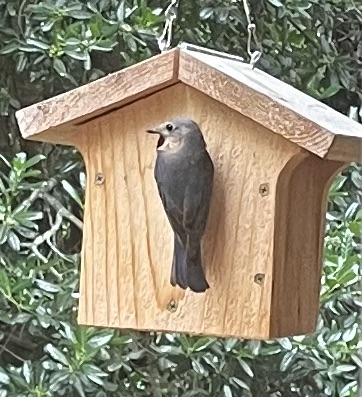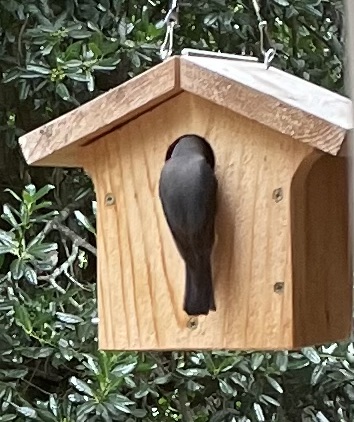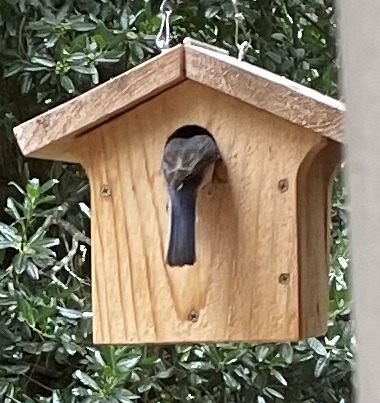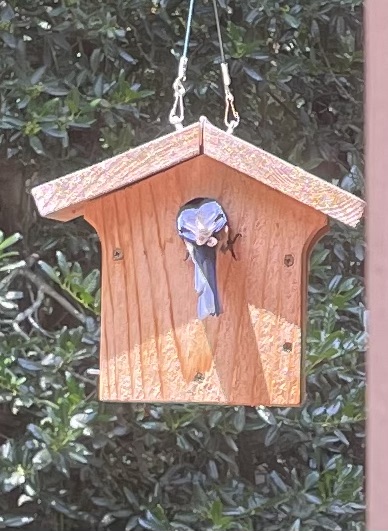While visiting my daughter and her wife in Northern Vermont:
These adorable creatures were huddled in the bottom of the compost bin when I opened it to dump in our kitchen scraps. I didn't have the heart to throw corn husks and sweet potato peelings on top of the cute little things, though they might have liked them. Instead I went inside for my phone, hoping they'd still be there when I returned. They were. And they posed for the camera as nicely as I could have imagined.
Kodak moment over, I deposited the scraps in a different bin and recited a little poem about mice to myself, pleased I could still remember it. It was first introduced to me in childhood by my quirky aunt, who was a professor of children's literature, and who is the model for a character in my unpublished middle-grade manuscript. I later used the same poem as a handwriting assignment on the chalkboard for my first graders.
Chalkboard. That's giving away my age (as is my reference to the Kodak moment). When smart boards and iPhones came into our classrooms, I knew it was time to retire.
If that's not enough, here's an even greater tell-tale example of my age: I can't help grieving that it is no longer in vogue to write clever, accessible, and easy-to-memorize children's poetry with rhyme and repetition like this one. What child wouldn't love "Mice," by Rose Fyleman?
MICE
I think mice
Are rather nice.
Their tails are long,
Their faces small,
They haven't any
Chins at all.
Their ears are pink,
Their teeth are white,
They run about
The house at night.
They nibble things
They shouldn't touch,
And no one seems
To like them much.
But I think mice
Are nice.
~by Rose Fyleman
Here's hoping the upcoming generations of educators will still recognize the value of rhyme, rhythm, and repetition for teaching children to read.
~dkm 9-17-24




























